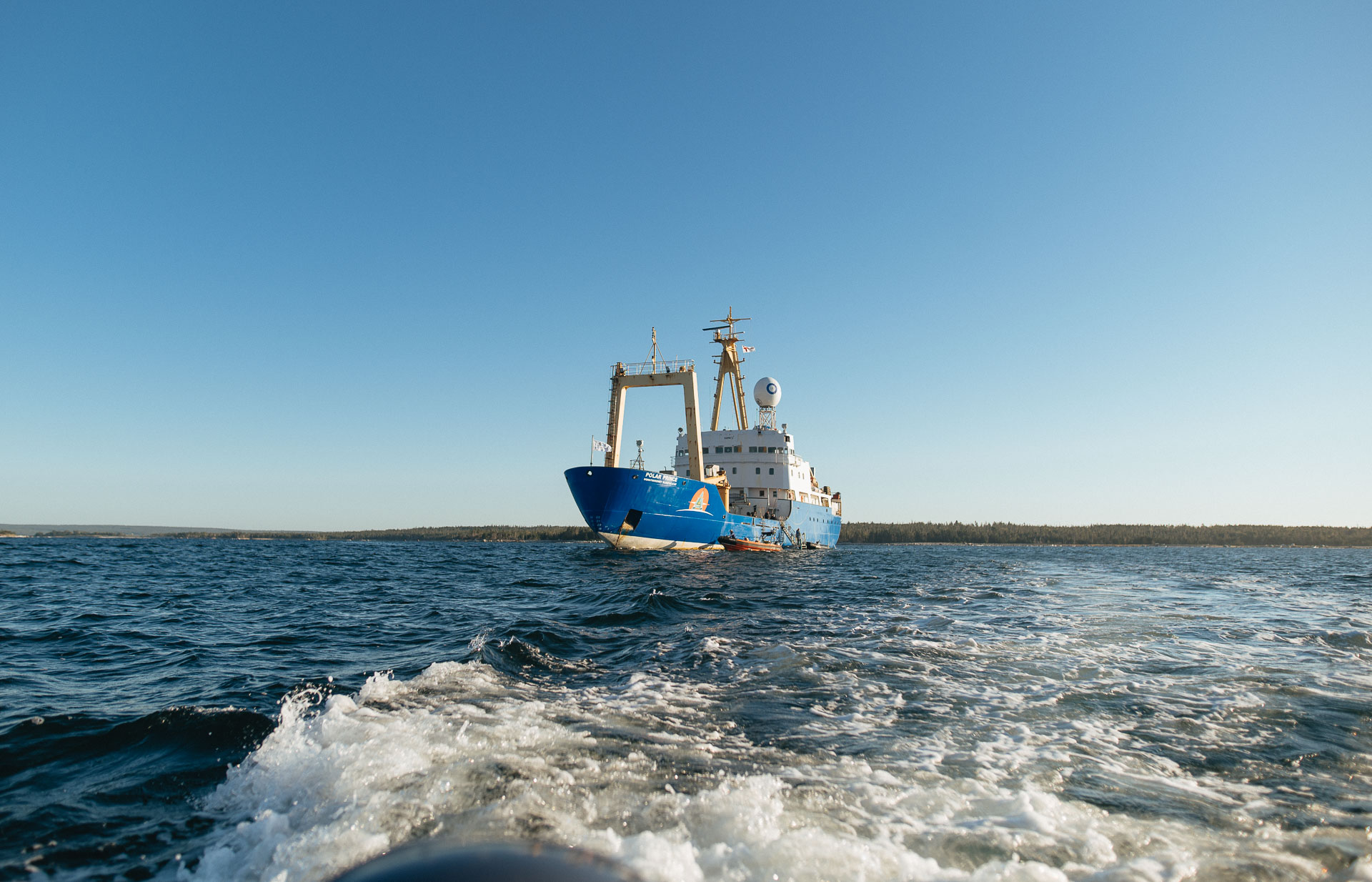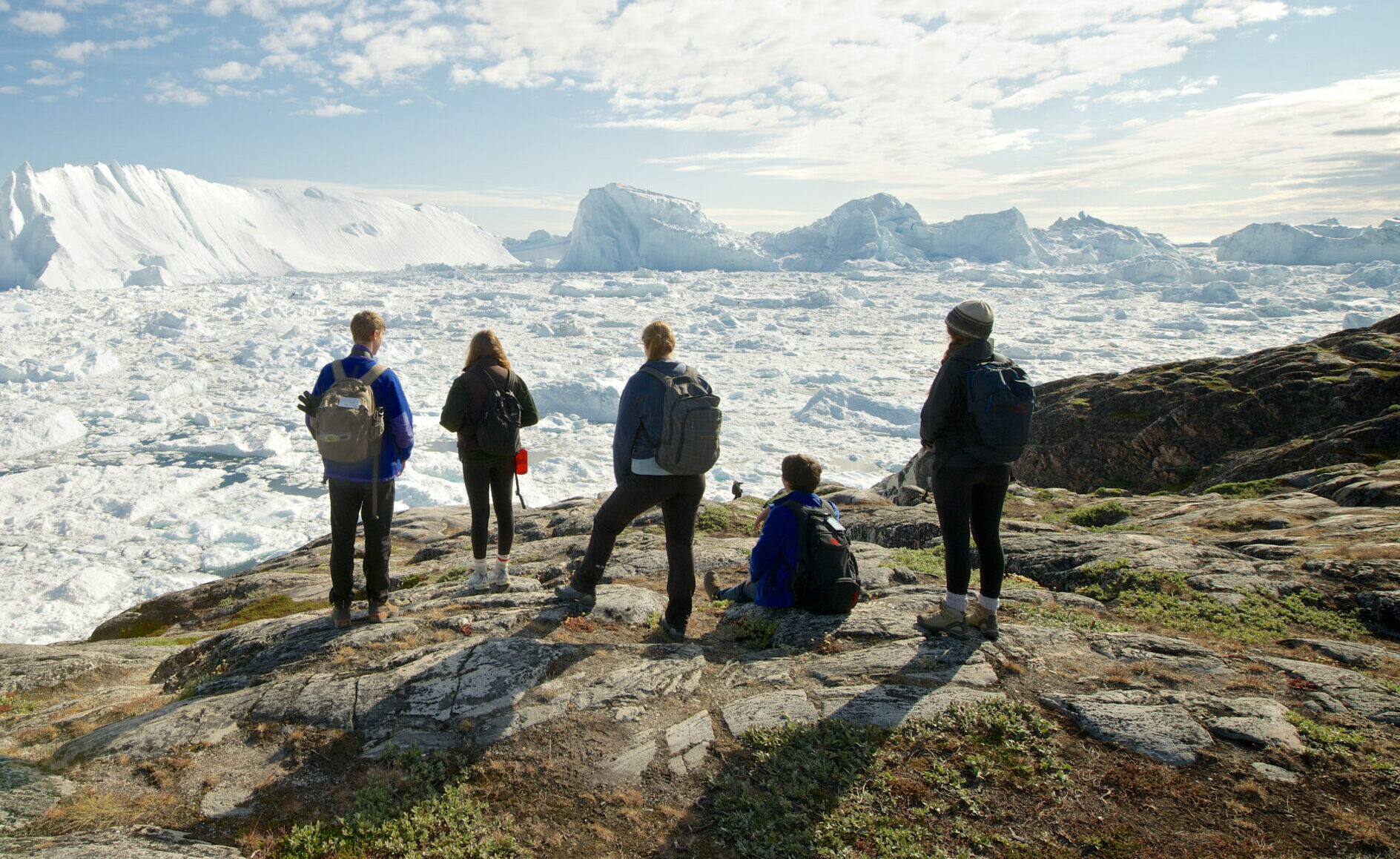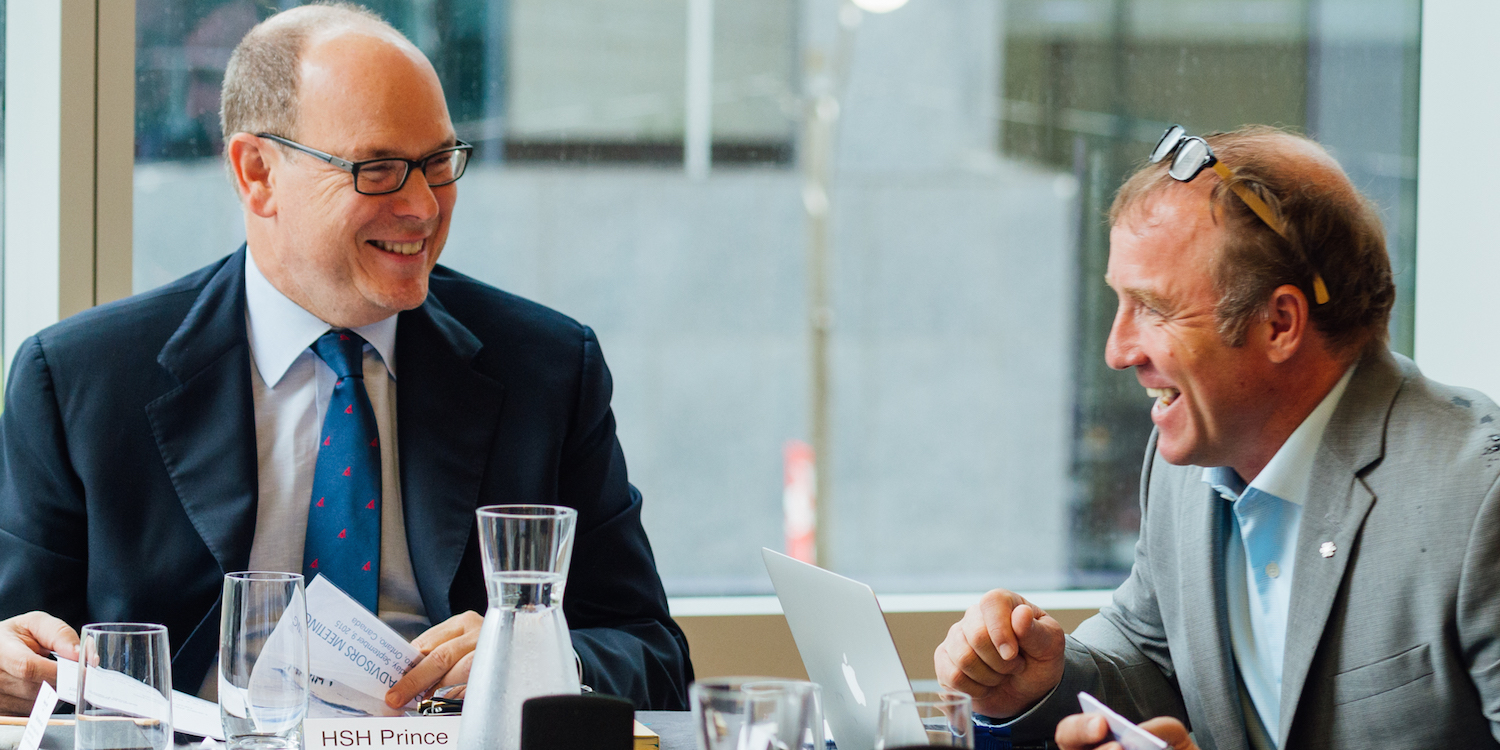IMPAC5 Recap: A Global Effort to Protect 30% of the World’s Ocean
Against a backdrop of snow-capped mountains and the Pacific ocean, some 2,000 people from around the world gathered for the opening of The Fifth International Marine Protected Area Congress (IMPAC5) in Vancouver, B.C. The congress took place from February 3-9, with approximately 1,000 attendees joining virtually.
The event was hosted by the xʷməθkʷəy̓əm (Musqueam), Sḵwx̱wú7mesh (Squamish), and səlilwətaɬ (Tsleil-Waututh) Nations, alongside provincial and federal governments, the International Union for Conservation of Nature (IUCN), and Canadian Parks and Wilderness Society (CPAWS).
IMPAC5 took place at a critical time for ocean protection amid a dual climate and biodiversity emergency, and the United Nations Decade of Ocean Science for Sustainable Development. Just a couple of months prior, during the United Nations COP15 summit in Montreal, the international community set a goal of protecting a third of the planet by 2030, placing an emphasis on Indigenous rights. This means in the next eight years, marine protected and conserved areas have to grow from approximately eight percent globally to 30 percent – a goal commonly known as 30×30.

The world’s ocean plays an important ecological role in mitigating climate change, while also being impacted by it. It’s also a source of livelihood, food, leisure, and cultural and spiritual well-being. Canada, as the country with the longest coastline in the world, is no stranger to that.
So where does the SOI Foundation fit in?
SOI Foundation supports young people in gaining new perspectives, ideas, connections and collaborations that contribute to building an equitable and sustainable future for people and the planet.
In addition to sponsoring 14 youth to attend the pre-congress Coastal Connections camp, SOI’s team was there in various capacities. The Alumni team, with experience in supporting Indigenous youth delegations to international conferences, facilitated workshops and provided support for Indigenous youth during the Coastal Connections camp.
On the second day, the Blue Futures Pathways (BFP) program team held a knowledge-sharing session. The team, focused on supporting youth pursuing careers in the Sustainable Blue Economy, heard ideas from young professionals and partners that will inform the next phase of the program. The group shared about opportunities in nature-based innovations, the need to ensure Indigenous Knowledge Systems are incorporated into the Sustainable Blue Economy, and challenges that keep youth from participating meaningfully in the development of relevant programs.

Throughout the congress, SOI’s Partnership team lead, Graeme, nurtured relationships and built new ones. Many potential and existing partners, and alumni stopped by the SOI booth at the Ocean Expo. The booth was also home to the digital portion of the High Tide art exhibition, a collaboration between SOI and the Canadian Ocean Literacy Coalition. Physical artworks were placed around the event venue.
The Youth Archipelago at the Ocean Expo hosted a rotation of youth-facing organizations, including SOI. There, SOI team members Anna and Elise, along with the IMPAC5 young professional committee, met with Environment and Climate Change Minister Steven Guilbeault and Parks Canada CEO Ron Hallman to discuss the importance of MPAs.
Alumni team lead Lynda also spoke at the “Learning from our Stories” panel, and Canada C3 alumni Dr. Brian Hunt (University of British Columbia) joined the team for one day to share the importance of understanding environmental DNA (eDNA) in an urban setting. Dr. Hunt is part of the team leading the study of eDNA samples collected during SOI’s Canada C3 expedition from all three coasts, an example of the impactful work that can be done in a Sustainable Blue Economy career.

At a breakout session on the third day, Kate Matari, Alianai Niviatsiak, Joshua Komangapik, Megan Humchitt and Vicky Grant (all SOI alumni) invited IMPAC5 delegates to sit in a circle as they shared stories of their connection to the ocean. There were stories of subsistence hunting, community food sharing, learning through observation, seasonal changes, intergenerational trauma and healing, as well as cultural revitalization through connection to the land, water, and ice. They shared hopes for the future and visions for the way their children will relate to the ocean.
There are two main takeaways from IMPAC5:
- Indigenous leadership is key to advancing ocean conservation and a sustainable blue economy.
- Youth voices are powerful.
During the congress, we learned about many Indigenous co-managed initiatives that have advanced, including the historic Great Bear Sea MPA network that is now under the stewardship of 15 First Nations in British Columbia. It was clear that courage, collaboration, and persistence are needed to advance Indigenous-led initiatives.
On the final days, SOI team member Anna attended the Leadership Forum. The forum included round table discussions featuring ministers, government officials, as well as Indigenous and NGO representatives. A number of young professionals were invited to observe, make comments and ask questions.

The forum reiterated that meaningful Indigenous involvement is key for the international community to reach 30×30.
IMPAC5 ended with the Government of Canada announcing a moratorium on deep-sea mining. The voices of activists, including youth, pushing for this were heard loud and clear during the congress.
During the closing ceremony, Mel White, an Anishinaabe woman who was part of the Young Professionals Committee, reminded us that “we’re surrounded by water, we’re connected by water, and because of this, we’re all ocean people.”
Her message: “Water is life.”





